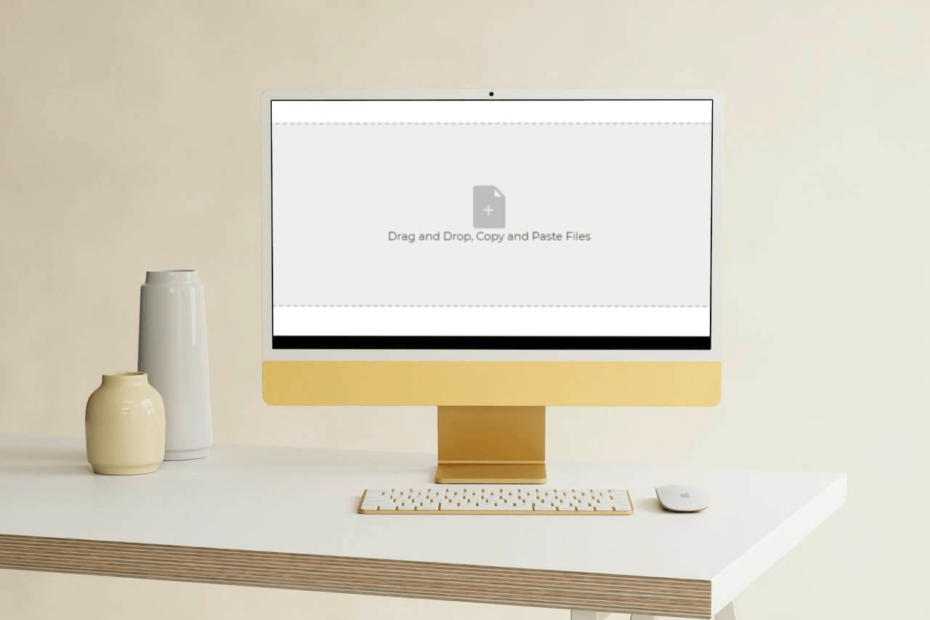A file uploader is undoubtedly an essential feature of many apps. With File uploads, users can share content, submit data, upload digital images, and more.
For example, users can upload images and video files on Facebook, Twitter, and Instagram or upload documents, such as resumes, CVs, and portfolios, on sites like LinkedIn and Indeed. However, allowing users to upload different types of files has security risks.
For example, cyber attackers can deploy viruses or malicious content into your system through file uploads. For this reason, it’s essential to follow best practices while creating a file uploader, such as React file uploader, NextJS file uploader, or any other file uploader.
If you’re using Next.js for your app and want to create a file uploader, this article is the right place. In this article, we’ll discuss the best practices for creating a good file uploader. We’ll also show you how to create a file uploader with Next.js.
What Is NextJS?
Next.js or NextJS is an open-source React-based JavaScript framework that enables developers to build efficient and visually appealing static web apps and websites. It essentially manages the configuration and tooling required for creating React apps. It also provides additional features, optimization, and structure for React apps.
Some of the notable features of Next.js include server rendering, hot reload, automatic code splitting, and the image component. The Next.js image component comes with several built-in image optimizations for enhancing user experience and achieving a good Core Web Vitals score.
Additionally, Next.js allows developers to build websites that work across platforms like macOS, Windows, and Linux.
What Are The Features Of A Good File Uploader?
The basic feature of a file uploader is that it should allow users to upload files and then upload/move them to the web server. Additionally, a file uploader should have a good user interface to improve user experience.
However, we also need to consider security risks and threats. For example:
- Cyber attacks can upload malicious files with executable code and compromise your system
- Attackers can upload a very large file that can initiate a DoS (Denial of Service) attack and lead to server malfunction
- Attackers can also use suspicious file names, which can compromise the system configuration files
- Cybercriminals can even overwrite server-side files and gain access to your entire system
This means we need to create a Next.js file uploader that can check and validate file uploads, including images, documents, PDFs, and more, to prevent cyber attacks. We should restrict and validate file types a user uploads. It’s also essential to restrict the size of the file uploaded by users to prevent DoS attacks.
You should also prevent users from uploading files to a server’s directory. Otherwise, an attacker can overwrite critical system files. Additionally, there should be separate directories for user files and admin.
A separate public folder for user uploads ensures a secure system. Moreover, you should keep all the sensitive files in password-protected directories that only admin users can access.
How To Create A File Uploader With Next.js?
With Next.js file uploader, we can send a file to the server. Here, we’ll create a simple file uploader with Next.js.
Below is the code for sending files to the server:
Here is the backend code:
You can also find the code here.
For front-end use, you can create a React file upload. We recommend using a fast and secure third-party tool like Filestack for this purpose.
With Filestack, you can create a React file uploader from scratch, or if you’re looking for a plug-and-play React file upload solution, you can use the Filestack React File Upload SDK or File Picker Component. This component allows you to integrate the React File Uploader directly into your app with just an NPM install.
First, you need to create your user account (for free) to get your API key, and then you can implement features like Overlay, Drop Pane Picker, and Inline.
Below are the main features of the Filestack React File Upload SDK:
Progress bar: When you implement the React file uploader, users can also track how their file upload is progressing.
Multiple files upload: With the Filestack React File Picker component, you can easily enable users to upload multiple files simultaneously to accelerate the file uploading process and improve user experience.
Image preview: Users can instantly preview their uploaded images inside the file picker.
Over 20 cloud drives: Filestack supports several cloud drives, so you can connect your app to AWS, Dropbox, and many more.
Cropping: Cropping is a helpful feature many users need once they upload image files to a website or web app. With Filestack, you can implement the image cropping feature in your app, allowing users to enhance images by resizing and cropping them.
Conclusion
Next.js is an open-source JavaScript framework for React that accelerates the web development process for React apps by handling configuration and tooling. One essential feature many developers have to implement with Next.js is a file uploader to send a file (uploaded by the user) to the server.
While creating a file uploader with Next.js is simple, you must ensure it is secure. This means you should always validate a file uploaded by the user to prevent cyber attacks.
